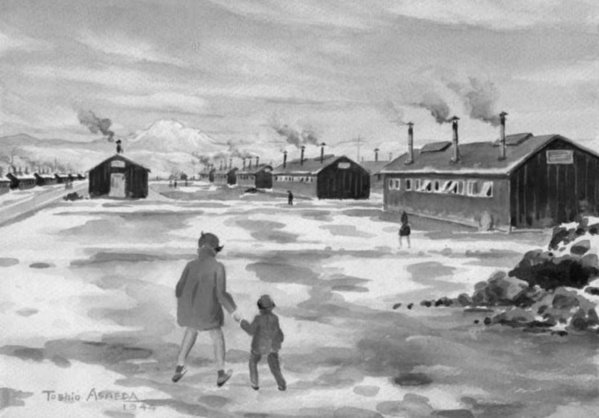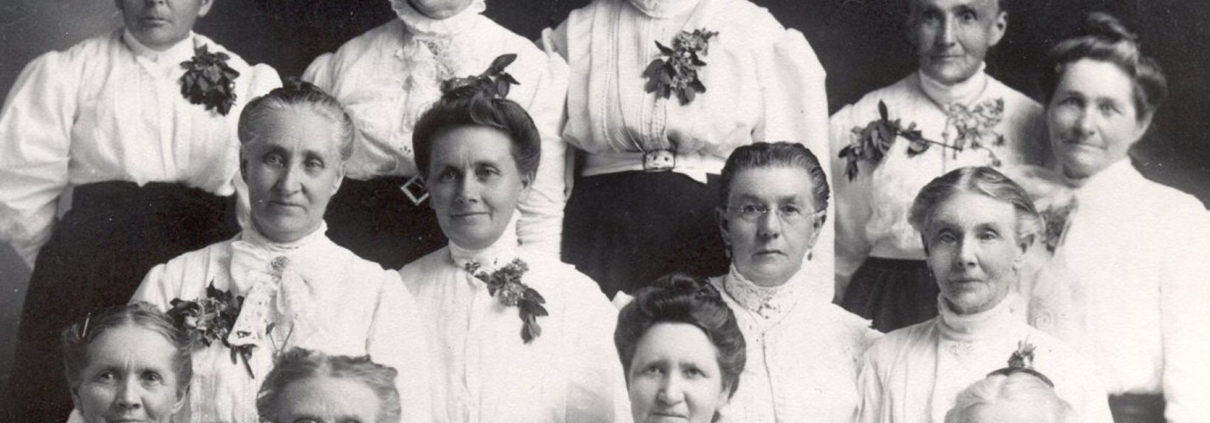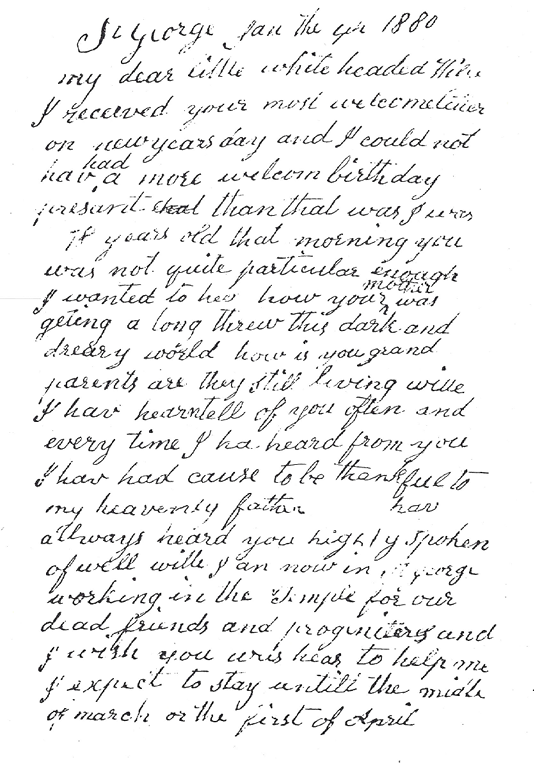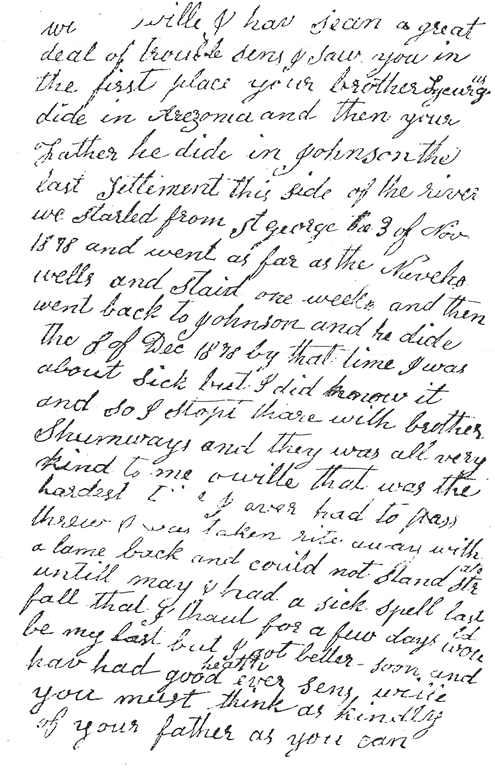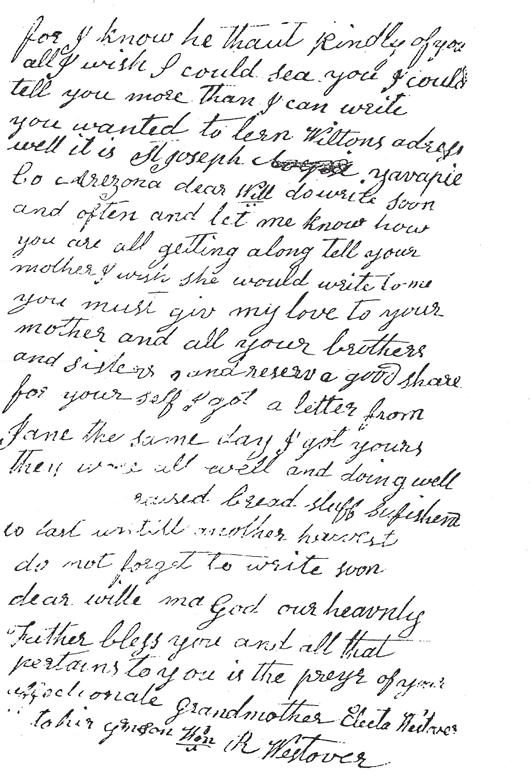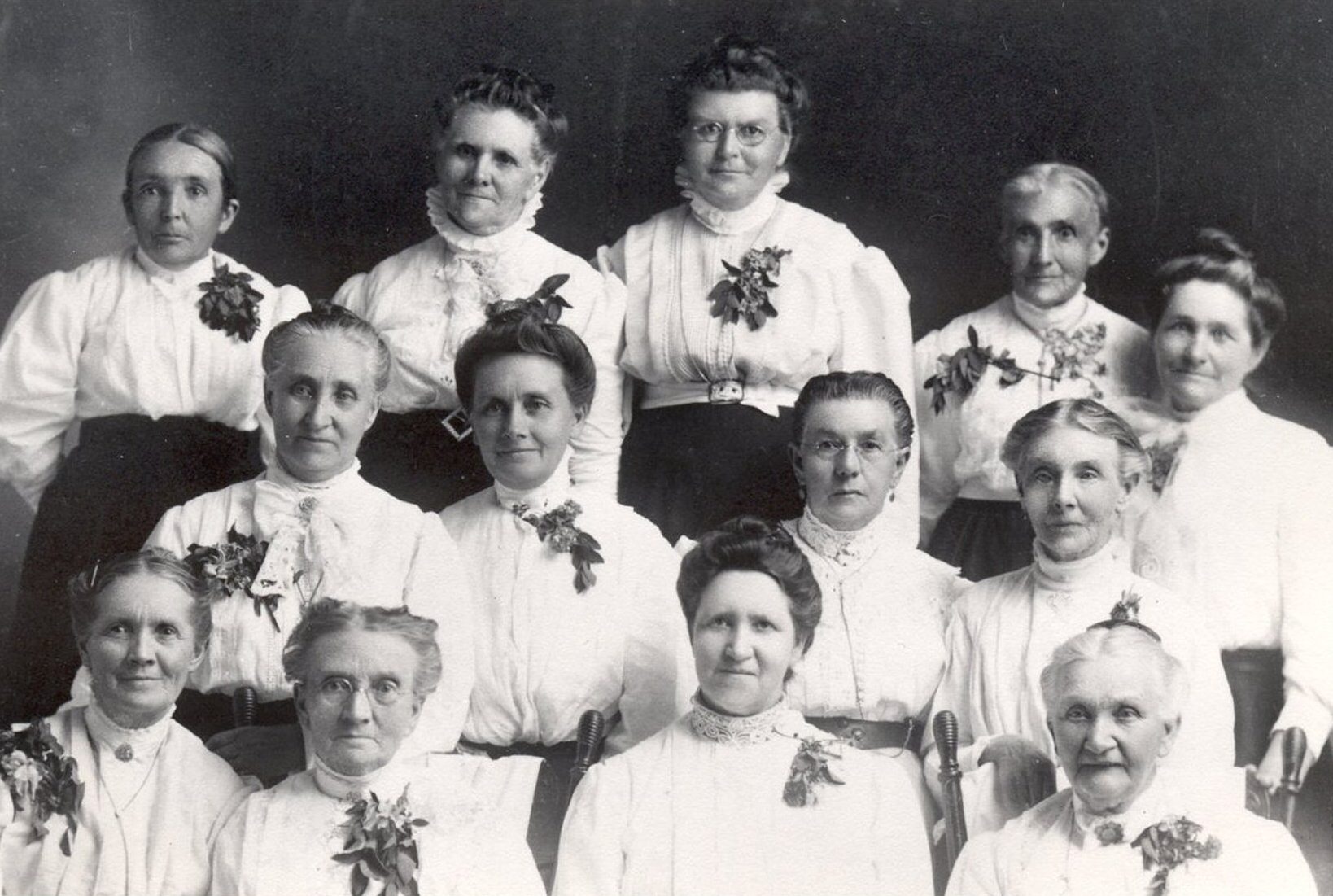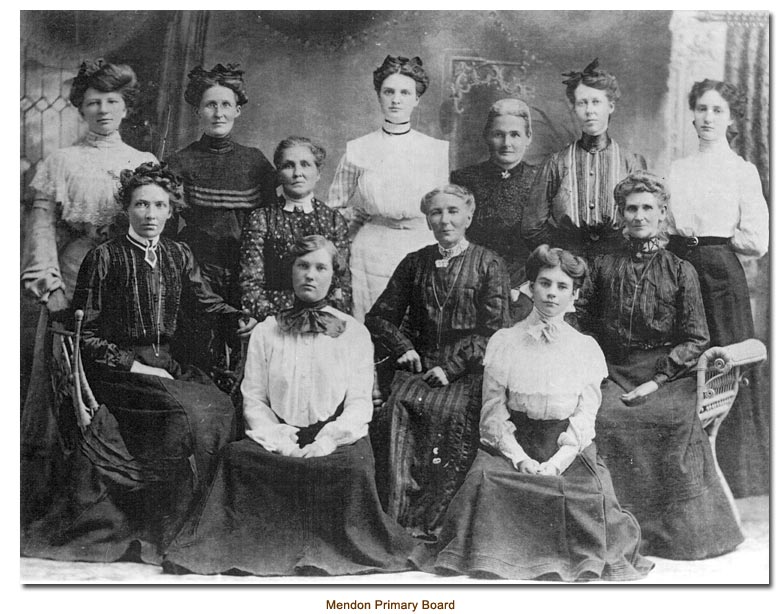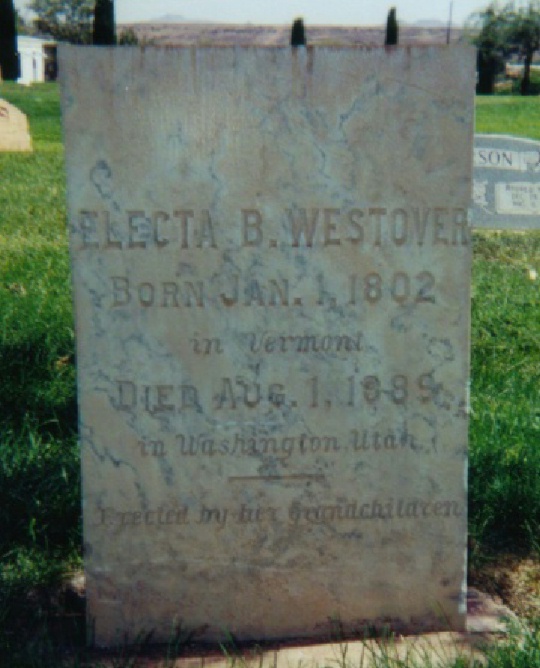Over the weekend on Facebook I posted a quote from the Journals of Albert Smith. Even though I have tried to keep things here so far focused on those directly related to William and Ruth so as to engage as many family members as we can I cannot keep from sharing those things I’m seeing from other branches of the family. We will work up a complete profile for Albert Smith soon but for now you should know that Albert is Mary Ann Smith Westover’s grandfather (Mary Ann is Arnold’s wife).
I posted this quote from Albert’s journal, one of the most complete records we have of pioneer life in our family records:
“One day I was asked to talk at Sacrament Meeting on the principle of baptism. A few days previous I had received four hundred names in addition to one hundred I had previously received of my forefathers. Because of this I was meditating on the principles of baptism for the dead. It seemed I was surrounded with the spirits of my forefathers opening the principles to my mind giving me to understand that they were looking to me and my children to attend to those ordinances for them — ordinances they could not attend to themselves. Not only did they open the principles of it to my mind but they showed me the necessity of bringing my children up to faithfulness, and to live that they might be prepared when the temple would be finished to go and take care of those ordinances for which the temple is built. Suffer me to say that I didn’t sleep any more that night as it seemed they stayed with me till day light.
I worked on the temple and I prayed that it would be completed so I could do the work I had for my kindred dead. My prayer was answered, and I had the privilege of working for a number of years in the Manti Temple. Although I was so crippled I could hardly walk with a cane to work, I was always able to leave my cane at the door and perform my work without it. There was some unseen person walking beside me assisting me. I feel that my religion is well worth the sacrifice I have made for it, and I pray the Lord to instill me with His spirit and enable me to discharge my duty to my children and grandchildren that they may have the spirit of Temple work. This is my everlasting prayer.”
I posted that quote not because Albert is related but because he talks about why we are doing what we are doing here.
Albert was much like Electa or Edwin or others we have talked about here on WFH — run-of-the-mill 19th century pioneers trying to make a go of it in the wilderness while harboring a conviction of God and family. They were not famous, powerful or, in the eyes of the world, important. But their journeys were sincere and filled with lessons that only real life experience can provide. The wilderness was not the only thing tamed during those years. Just as our own experiences shape us theirs shaped them and I find that, in many cases, inspiring.
I do not think Edwin and Albert ever met — but it would not have surprised me if they had. The world was quite small in Utah and Idaho of those days. Consider this:
Albert’s third wife was someone I very affectionately call Grandma Sophie. Hers is an incredible story. Albert and Sophie’s story together is an incredible story. And we will get to those. But for now think about this: Sophie came over from Denmark with four of her surviving children in the Willie Handcart Company of 1856. Yes, that handcart company. She made it to Salt Lake and got on with life, ending up with Albert in Manti.
Her company captain James G. Willie settled in Mendon and became Bishop to…Ann Findley Westover.
Coincidence? Probably.
But the more I dig into the lives of our ancestors on all sides the more I see they had in common — both in what they believed and in who they knew and where they lived.
Over the weekend the Church History department put out — and I swear I’m not making this up — this picture on Twitter:
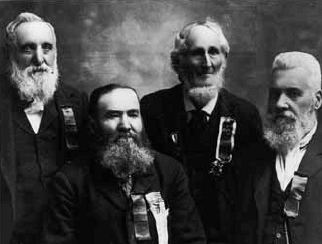
The person 2nd to the right in this image is Azariah Smith — Albert’s son.
Albert and Azariah served together, father and son, in the Mormon Battalion. Azariah was one of those men who were at Sutter’s Mill when gold was discovered. This picture was taken of the surviving gold discovery group during the 50-year anniversary celebration of the discovery of gold in California in 1899.
The picture is something of a miracle. Towards the end of the journey of the Battalion Azariah was kicked by a horse and suffered a devastating injury to his head. For years he was incapacitated and required a lot of care. Grandma Sophie played a huge part in his recovery. He later went on to live a healthy life and raised a righteous family.
How could the Church know that Albert was on my mind? Well, they didn’t, of course.
But this work of family history is full of surprises like that. A lot of miracles are happening. Since I really started investing myself in this research two years ago I cannot tell you how it has changed my life (a story I will share at a later time). The lessons are that profound.
You should be a part of it.

